
Visa and entry requirements Kyrgyzstan:
Passport required
No visa is required
Information from the Federal Foreign Office about your trip to Kyrgyzstan:
https://www.auswaertiges-amt.de/de/kirgisistansicherheit/206738
Kyrgyzstan, also known as Kyrgyzstan or Kyrgyzstan, is a landlocked country in Central Asia with around 6.5 million inhabitants. The country borders on Kazakhstan to the north, China to the southeast, Tajikistan to the southwest and Uzbekistan to the west.
The two official languages of Kyrgyzstan are Kyrgyz and Russian, the national currency is the Kyrgyzstan som, where 1 euro corresponds to around 80 KGS.
The largest cities in the country include Bishkek, Osh, Karakol, Jalalabat, Ösgön, Tokmok, Balykchy, Karabalta and Naryn.
Around 77% of the Kyrgyz population profess the Muslim faith, and another 18% are Christian.
The state of Kyrgyzstan gained its independence in 1991 after the collapse of the Soviet Union and its area is largely mountainous, at an altitude of over 1,500 meters. The highest point in the country is the Jengisch Chokusu at 7,439 meters.
A third of Kyrgyzstan's land area alone is covered by snow and glaciers.
The few forest areas on the national territory are home to a diverse range of wildlife, such as brown bears, lynxes, wolves, martens, wild boars, deer, snow leopards, ibexes, kites, falcons, eagles and vultures. Interestingly, the country has the largest walnut forest in the world.
Kyrgyzstan is one of the poorer countries on the Asian continent, with almost 40% of its population living below the poverty line.
The country's economy is based primarily on agriculture, mining and various services. Kyrgyzstan has some deposits of gold, uranium, coal, oil and natural gas. Tourism in the country, on the other hand, is very little developed.
The capital and by far the largest city in Kyrgyzstan is Bishkek with around 1.2 million inhabitants. The city of Bishkek, located on the world-famous Silk Road at an altitude of around 800 meters, is at the same time the political, economic and cultural center of the country.
The main attractions of Bishkek include the National Museum, Ala-Too Square with the large national flag, the Osh Bazaar, the Frunze statue, the Art Museum, the Cathedral, the Mikhail Frunze Museum, the Kashka Ski Resort, the Manas Statue, the Central Mosque, Victory Square, Panfilov Park and Bishkek Park.
In March 2013 I visited Kyrgyzstan for the only time so far. After my direct flight from Dubai to Bishkek, I spent two days in the capital before continuing on to Kazakhstan.
After my early morning arrival in Bishkek, I took a taxi to my private accommodation, which I had previously organized via the “Couchsurfing” platform.
Afterwards, my friendly host showed me all the important sights in the city. Although Bishkek actually has relatively few special attractions, the local guide to some non-tourist areas meant it was always interesting and varied. We then ended the evening in a cozy local specialty restaurant. Since then, I have been a big fan of the world-famous Kyrgyz cuisine.
The country of Kyrgyzstan is practically undeveloped for tourism and therefore has relatively little to offer. Nevertheless, the city of Bishkek is quite pleasant and absolutely inexpensive, with super friendly people.
The country with its unique culture is certainly very exciting for a short visit, but is probably not suitable for a longer tourist stay.

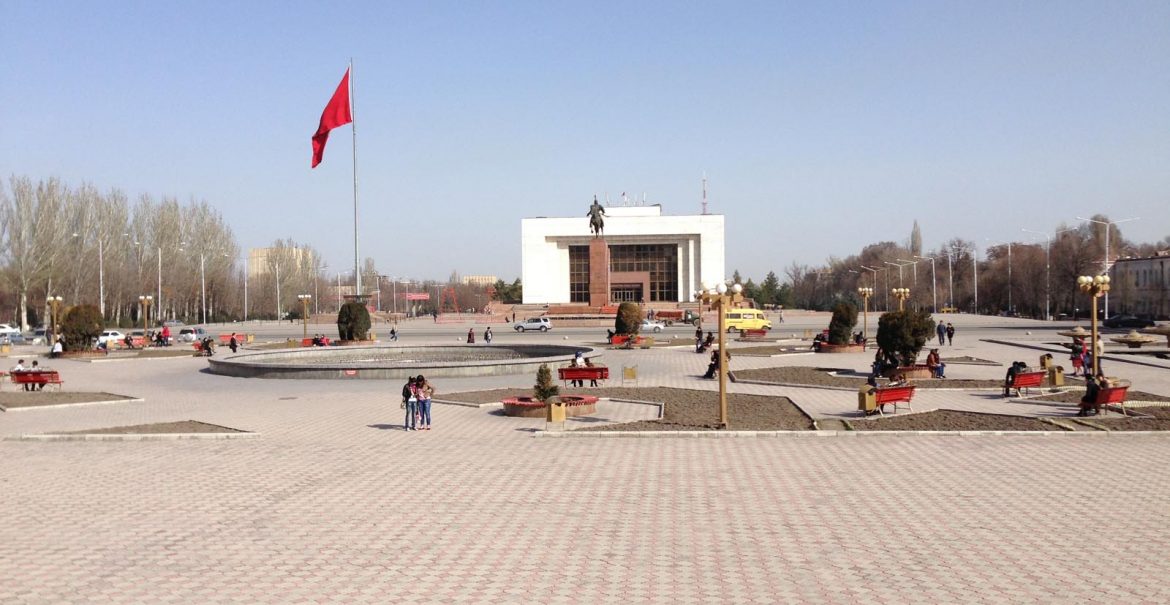
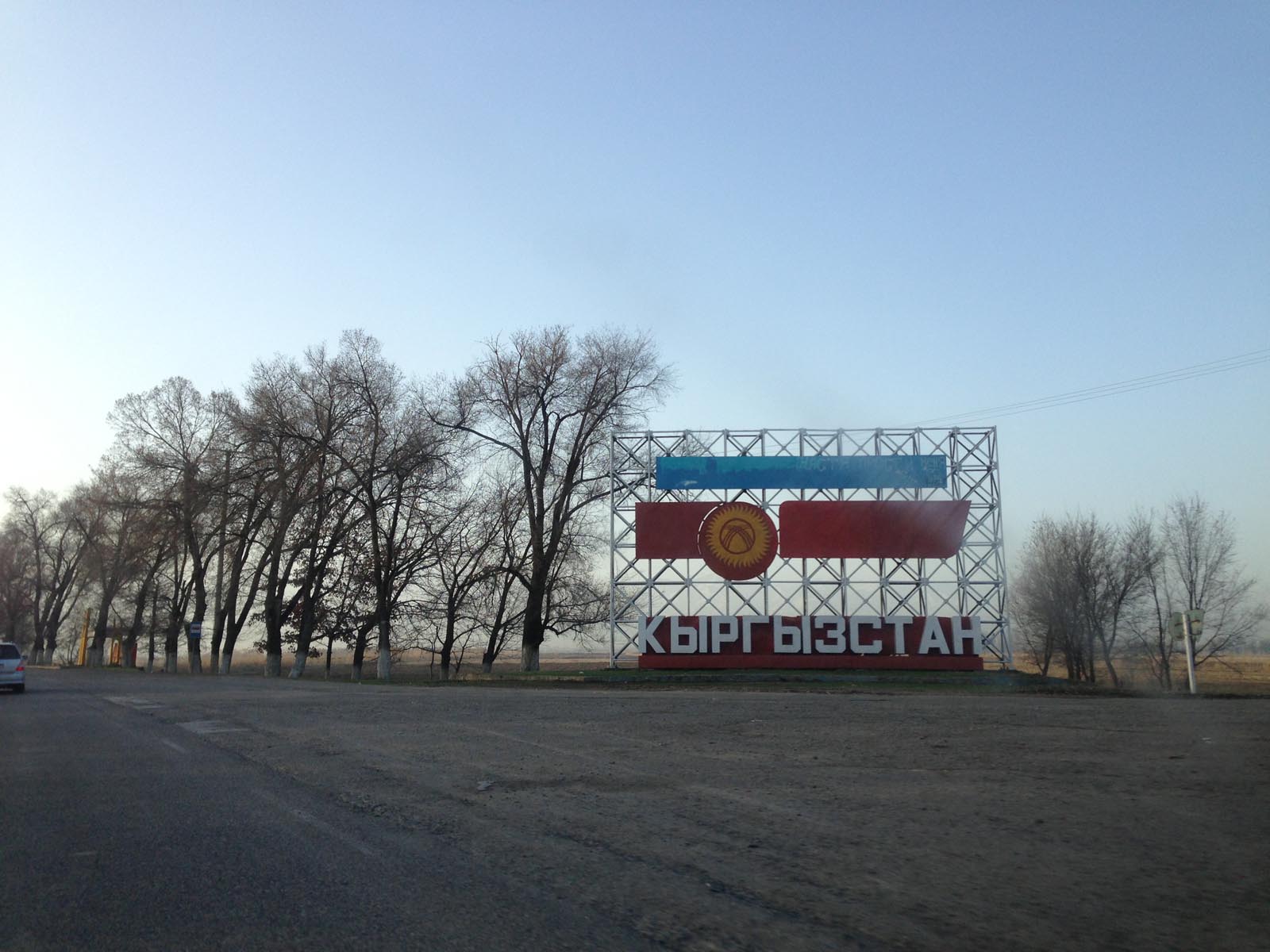

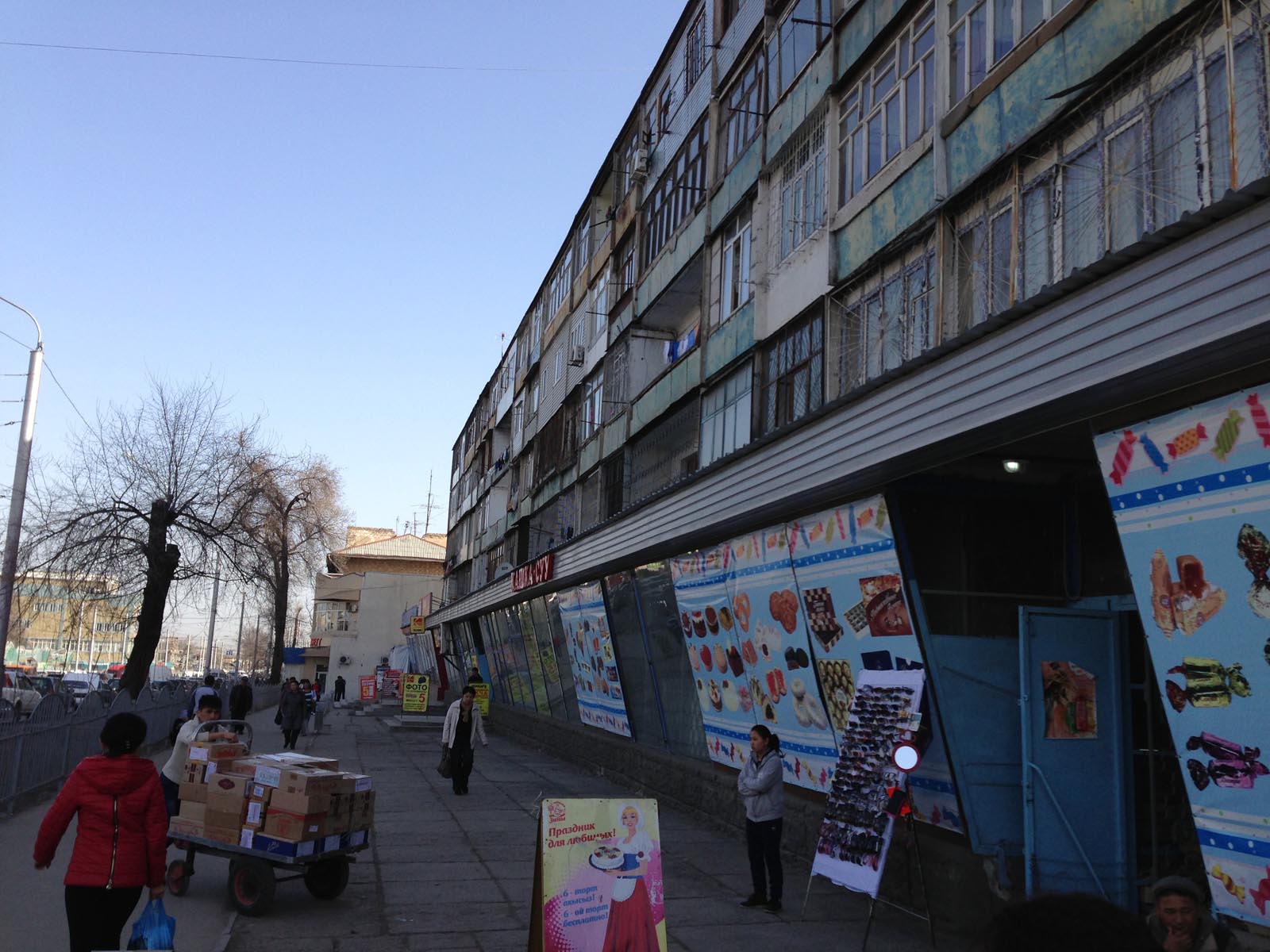


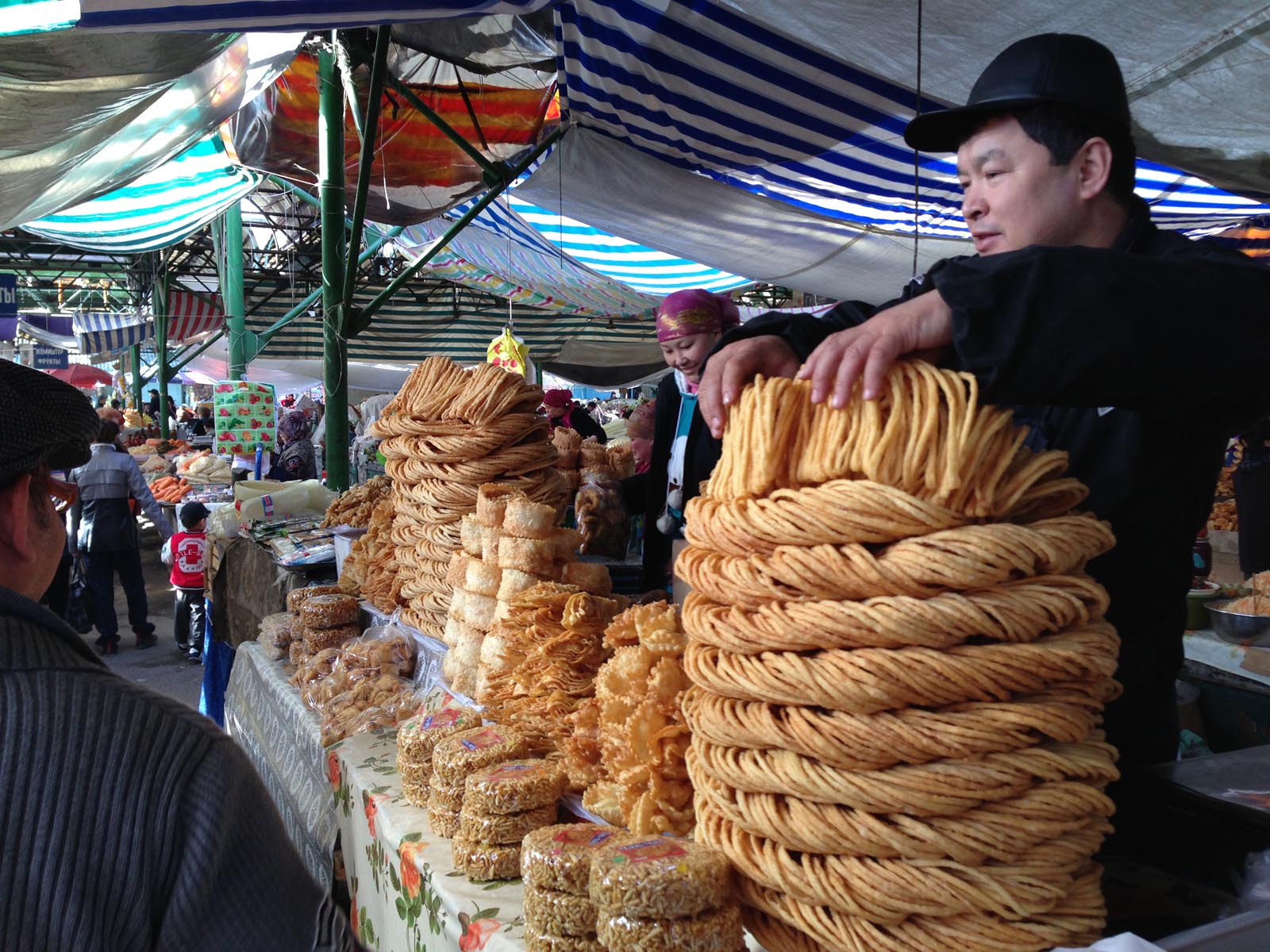

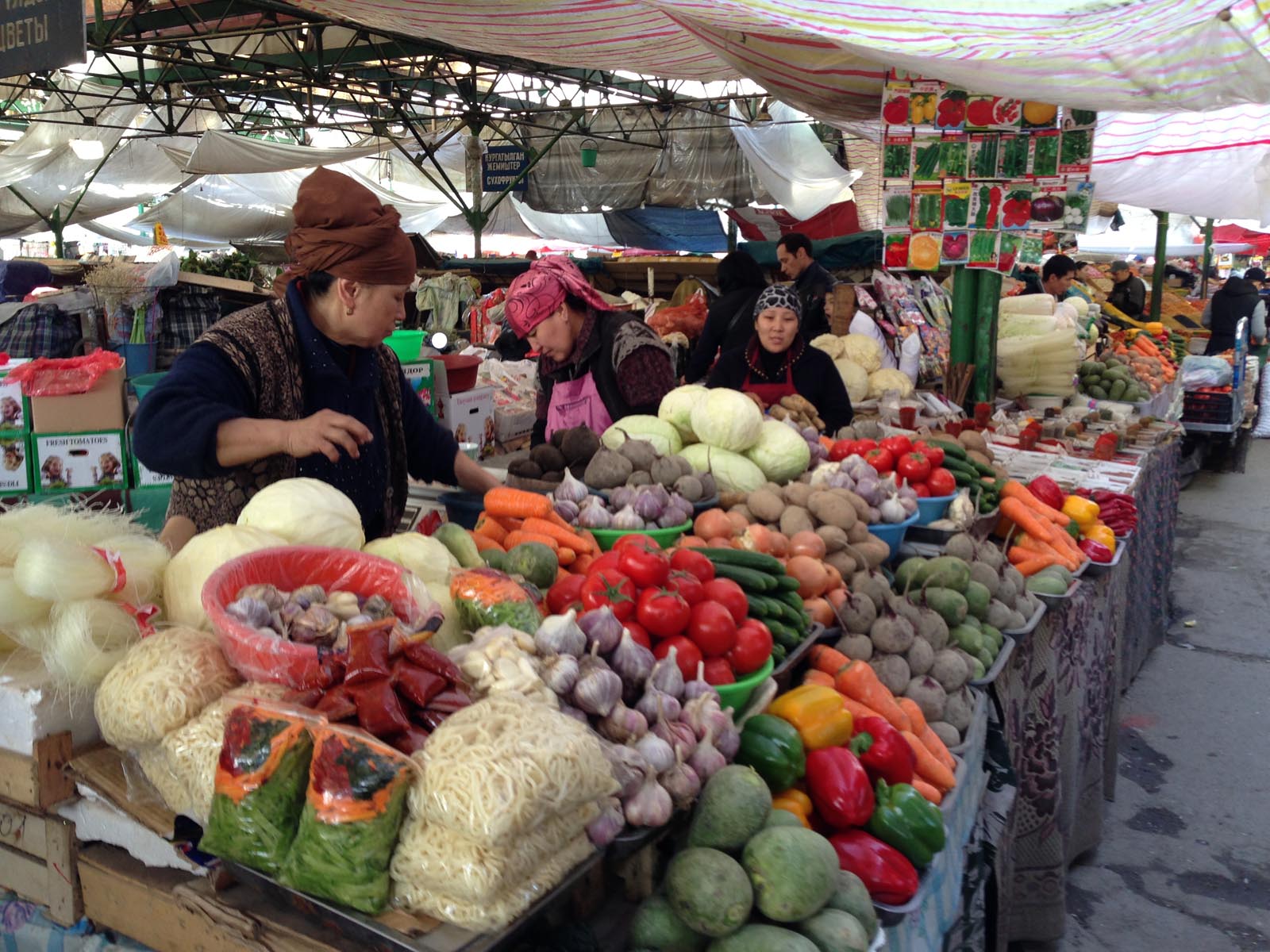


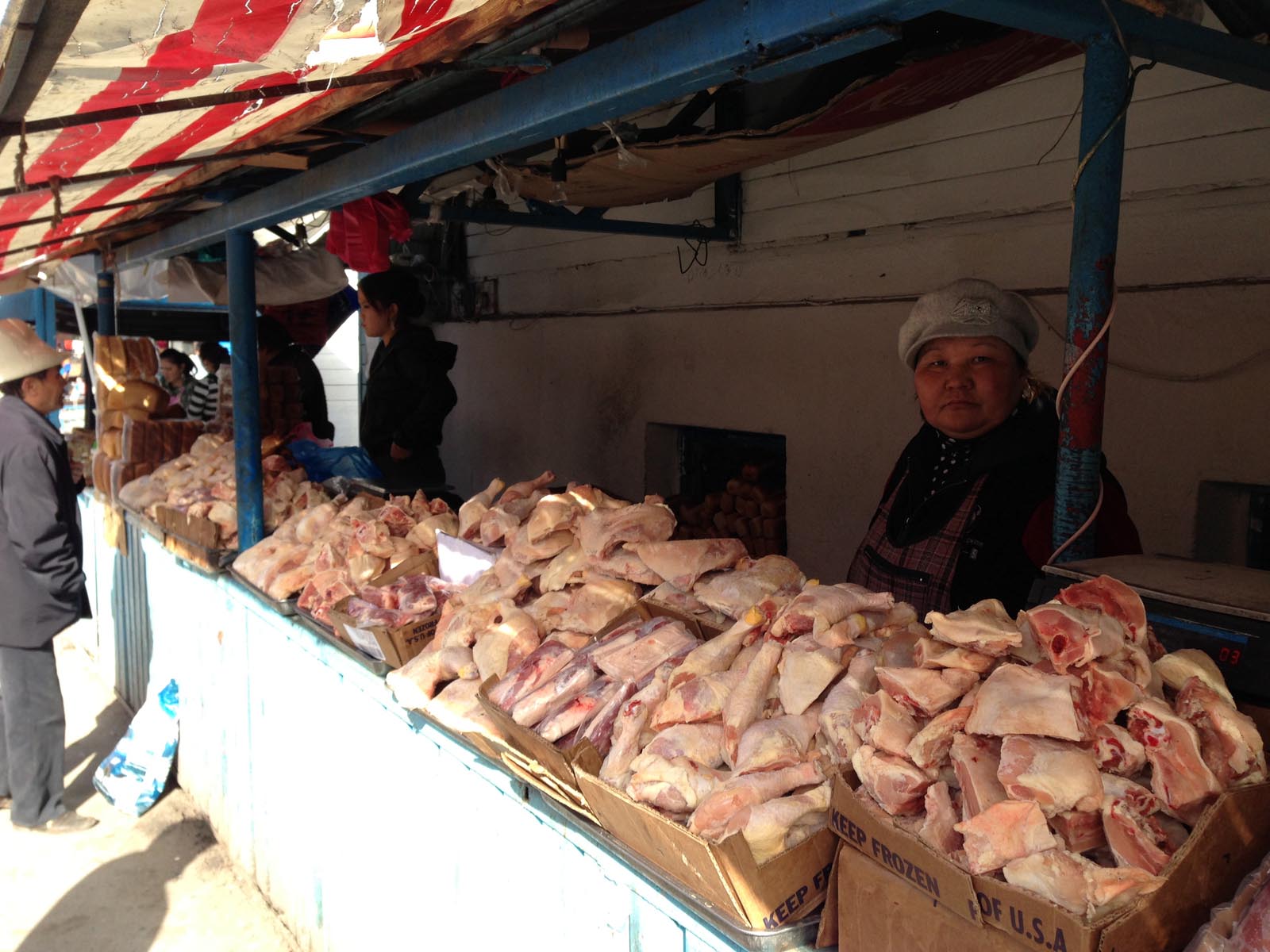


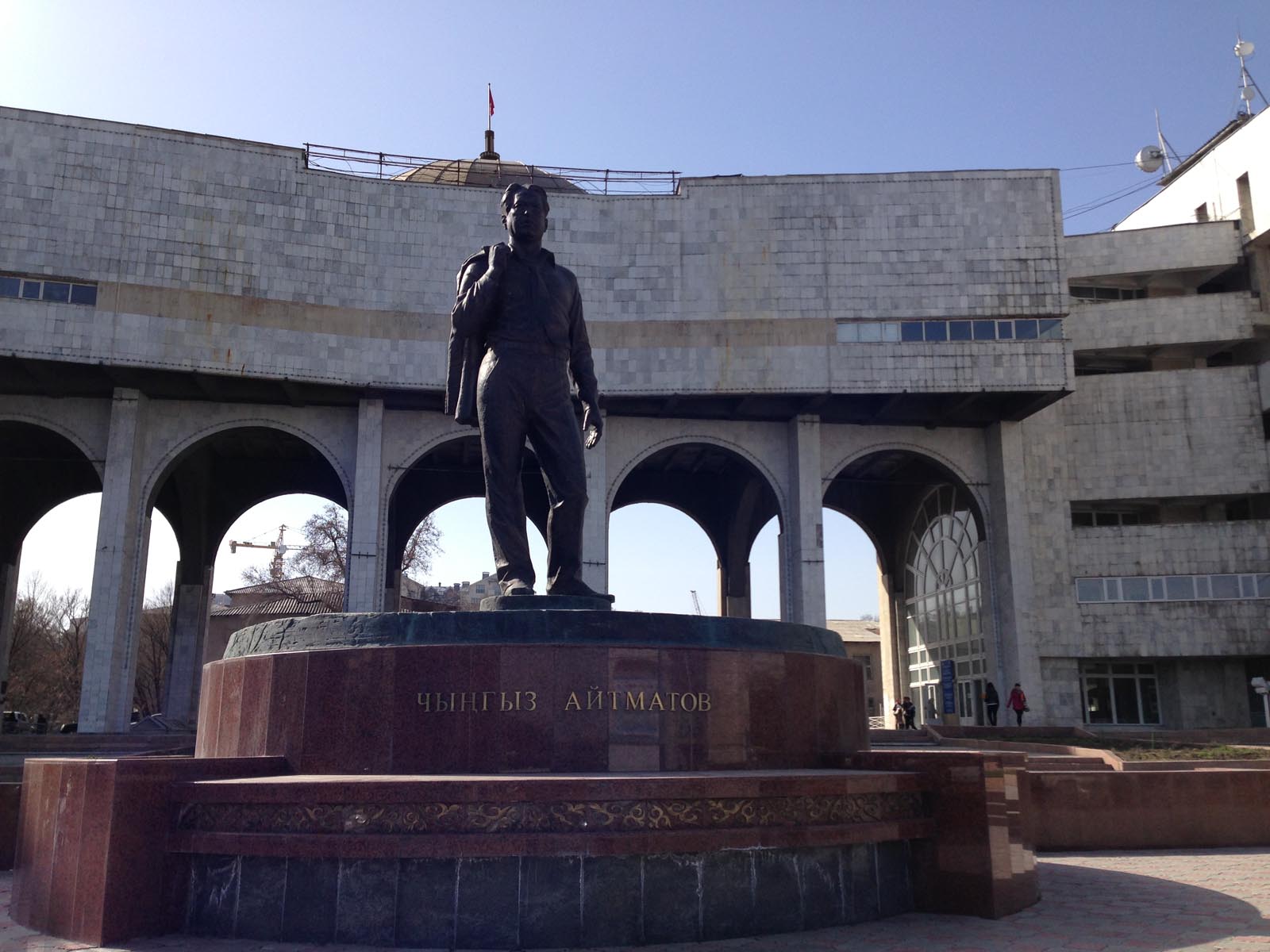



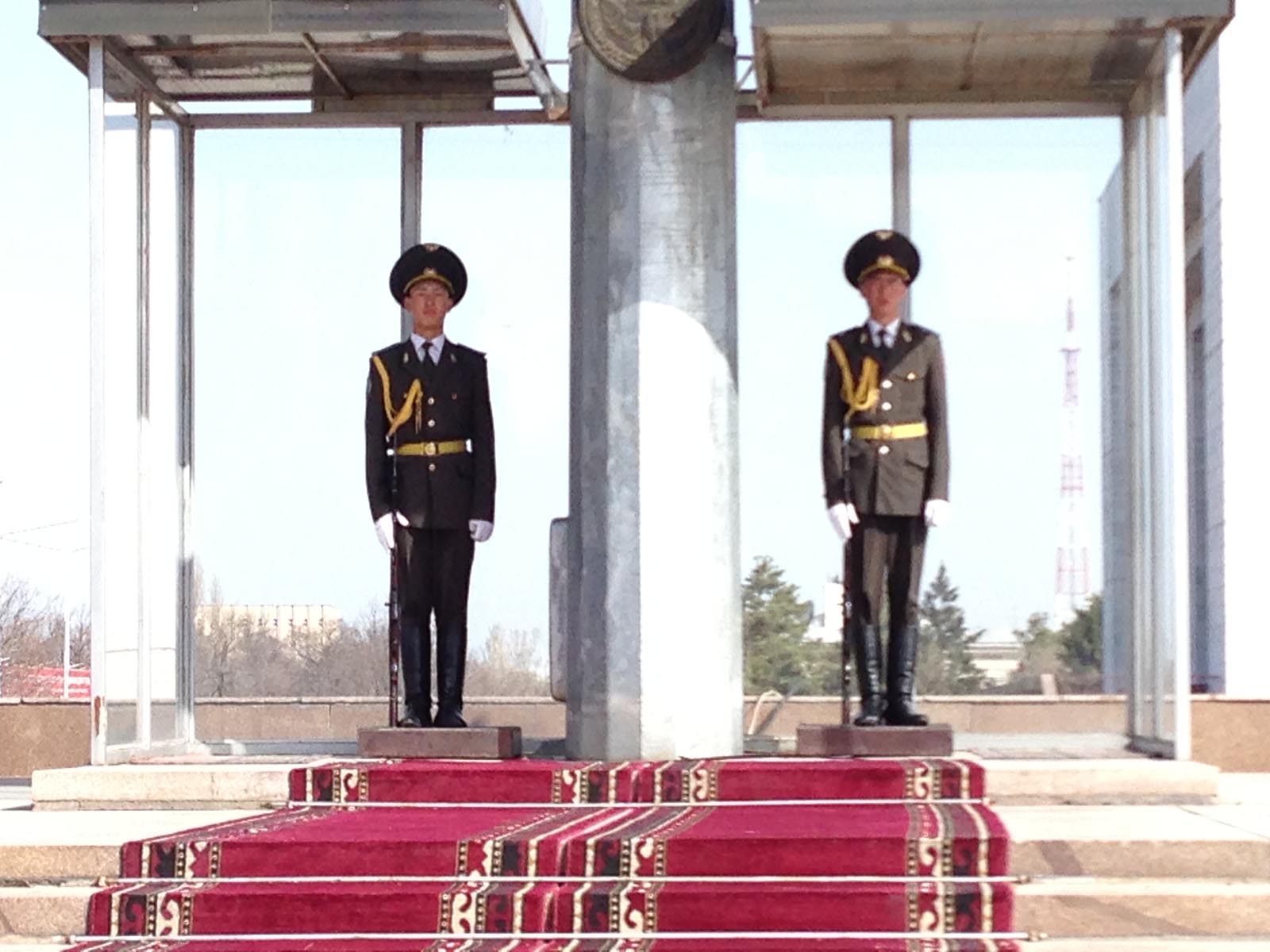
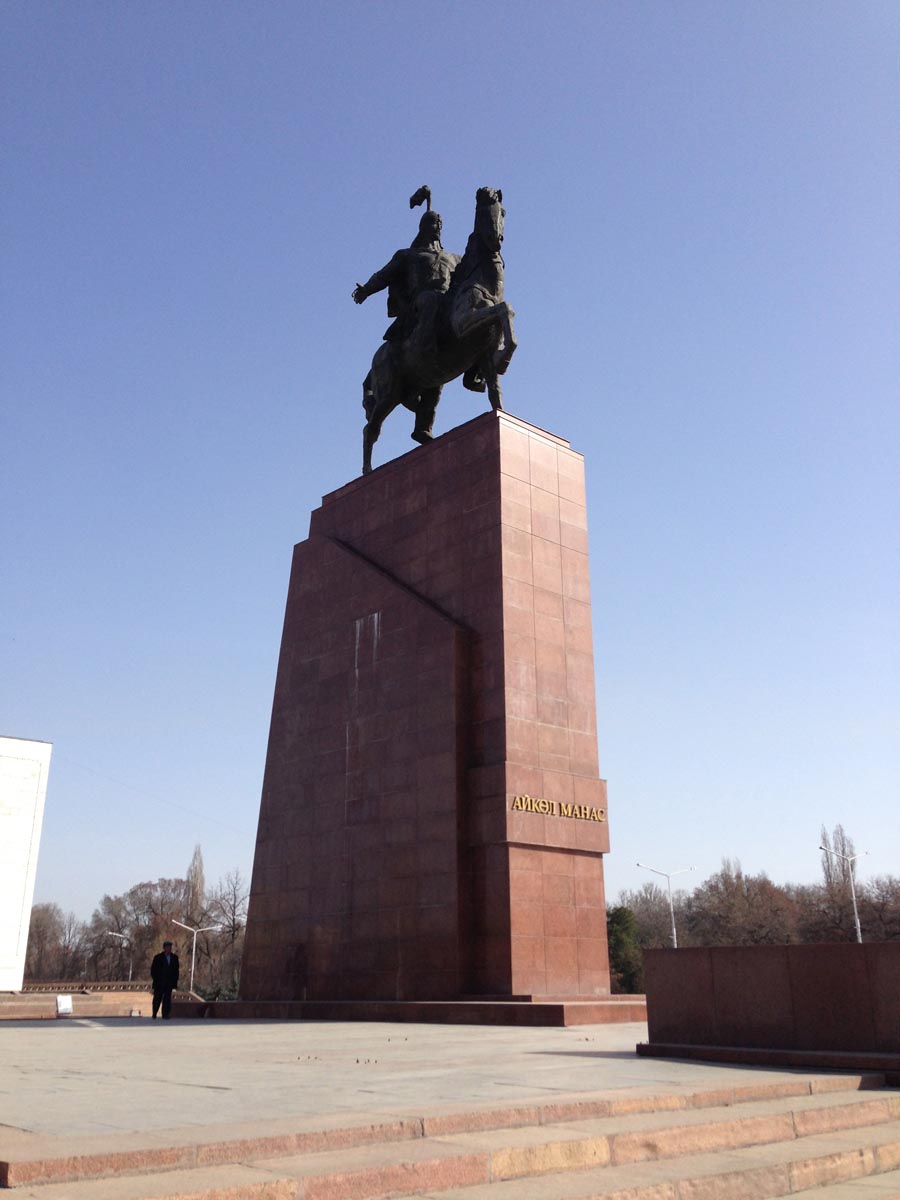






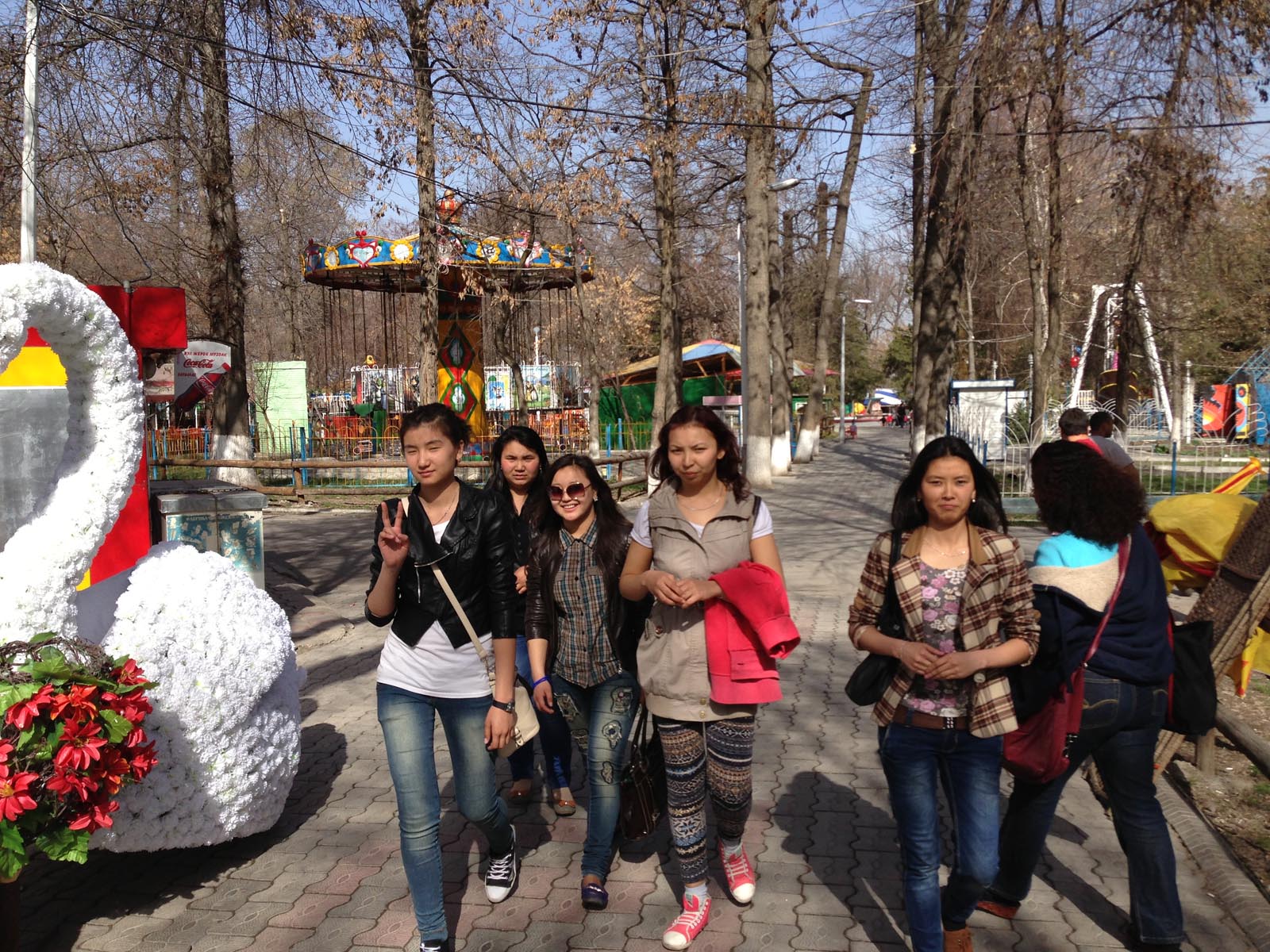



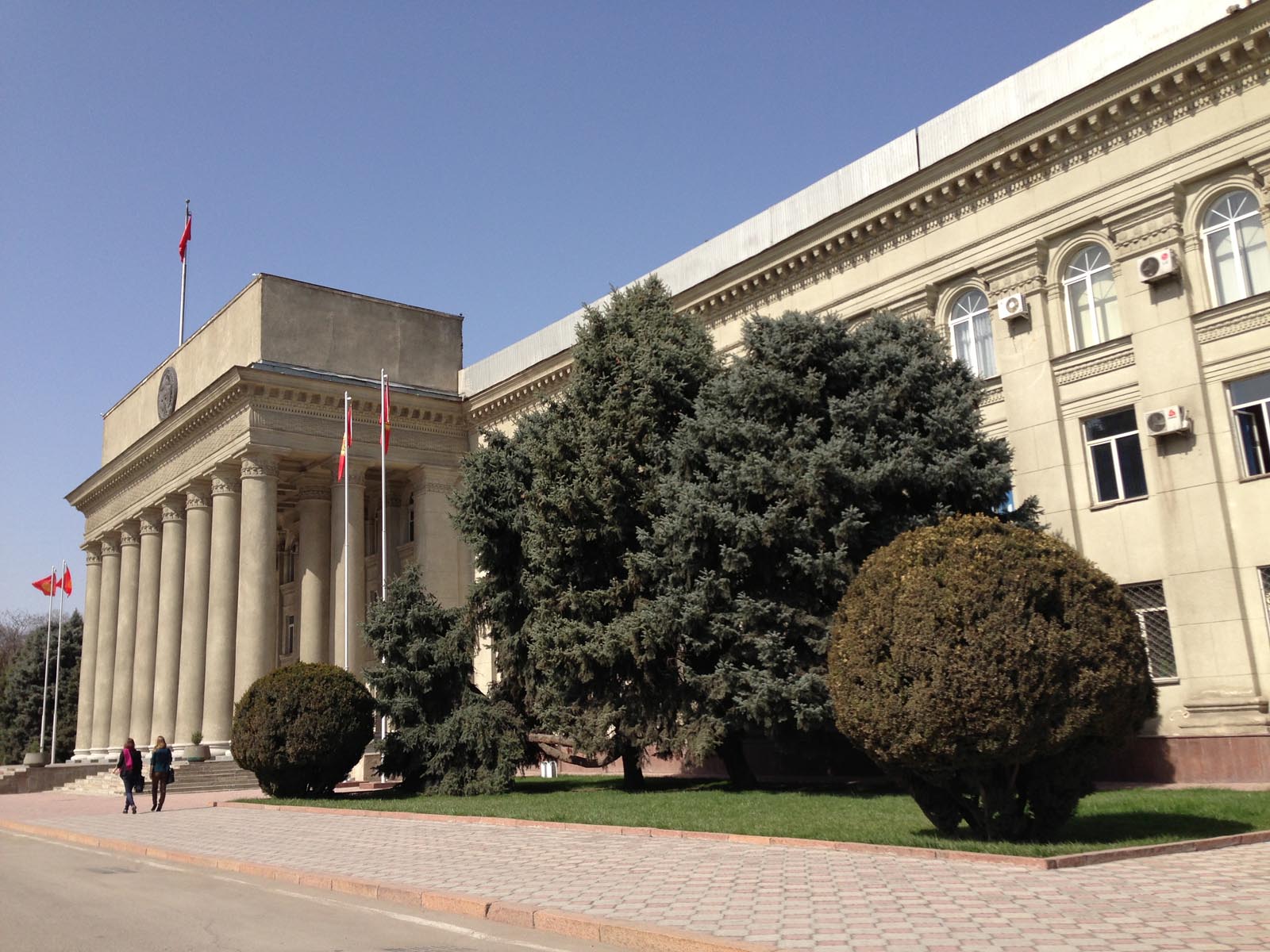
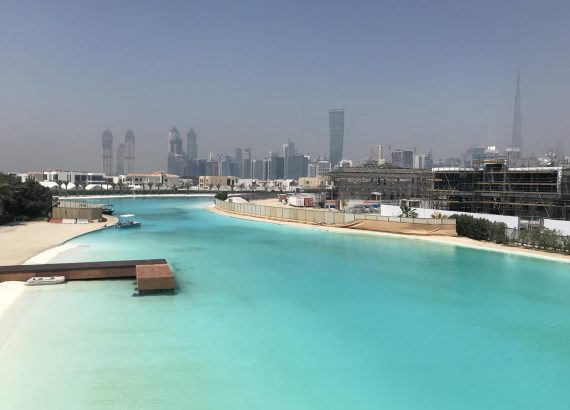
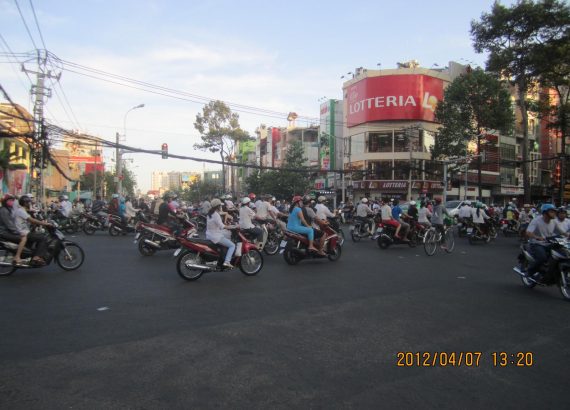
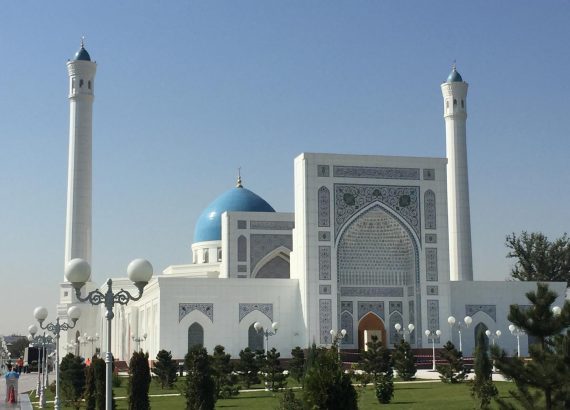
No Comments